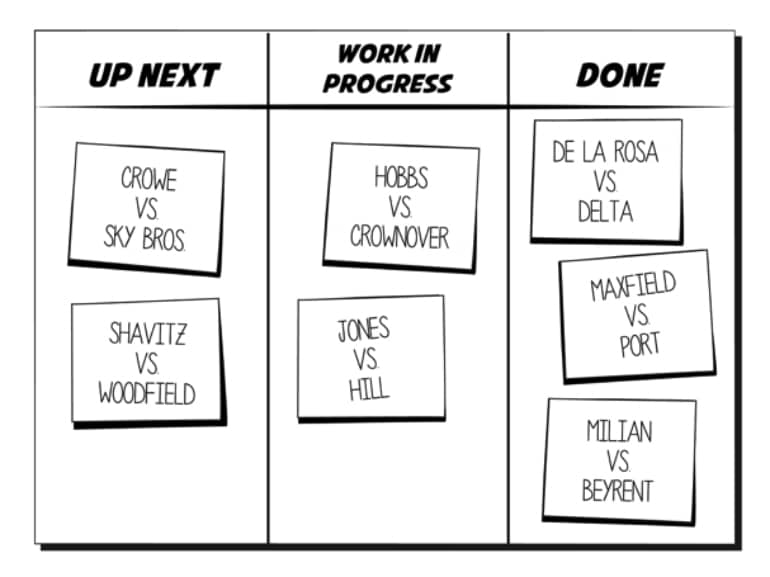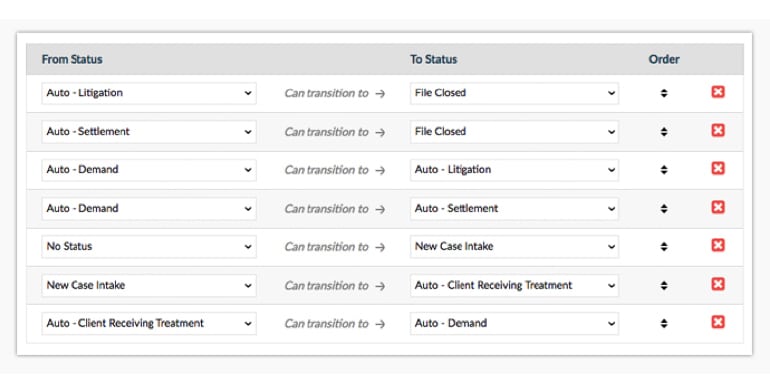“It’s 1911 for the business of law,” a lawyer named John McCormack quipped to me over breakfast in Nashville a number of years ago. He should know — not only is he a lawyer, he was deep into industrial engineering studies at Vanderbilt University. McCormack’s observation has since become somewhat of a mantra for me, and it’s featured in any presentation I give on management for law firms.
Why Are Law Firms Mired in the Days of Ocean-liner Travel, Epic Mustaches and Large Bathing Suits?
Because they largely failed to embrace modern business management techniques ushered in at the beginning of the last century. Law firms mainly operate with no operational compass, lurching from one situation to the next. They exist in the world prior to 1912, before Frederick Winslow Taylor’s “Principles of Scientific Management” and all the work built on top of it over the last 100 years.
Now the good news: Law firms can leapfrog to the present whenever they have the will.
Using Legal Project Management
The idea is a simple one: Law firms view and work on their cases in a way similar to how many knowledge workers in other fields organize their operations, via what is know as project management.
Project management has a long history and continues to evolve to this day. Legal project management, at its core, views a matter as a project. It breaks the project down into stages and component parts, and reduces its complexity and unpredictability.
Viewing cases as projects has a number of critical advantages for law firms. These include better organization, standardization of operations, increased insight for management, reduction of errors, and more predictability when it comes to revenue.
Granted, as many lawyers love to point out, no two cases are alike and litigation has a lot of surprises that no one can anticipate. Legal project management helps you identify and manage those things you do have control over, and minimize the effects of the things you can’t control, while ensuring as little waste as possible.
Why Legal Project Management Leads to Profitability
To understand why this method leads to profitability, it is essential to first understand that when you break a case down into its components, you help standardize it. When checklists and structure are followed, risk of waste and error is reduced.
Understanding the trajectory and phases of a case’s journey, and identifying the case’s progress, ultimately helps law firms understand when they are going to get paid. They can see how far away from the finish line they are at a glance.
It follows that if you have the mechanisms at your disposal to know if your cases are ahead or behind, you can predict reliably when you’re going to get paid. You can then begin to predict your total revenue for the quarter or year. And when you predict your revenue, you can increase it, because you have an understanding of the mechanisms that drive (or inhibit) your revenue.
Consequently, law firms that embrace project management have a solid command of their revenues. On the flip side, many firms cannot wrap their arms around the amount of work that goes into a case, resulting in a vague notion of where all their cases stand and a lack of income predictability.
Incidentally, lack of project management skills is one reason why offering alternative fees arrangements (AFAs) is difficult for lawyers: They are unable to determine how they should price their work since they do not know if they will make more or less money with an AFA. But when a case is broken down into a standardized series of phases, law firms can start determining which phases of a case are more predictable than others and how much those may cost.
Ways Law Firms Can Get Started With Project Management
One of the simplest ways to get started with legal project management is to implement a Kanban board. A Kanban board is a series of “swim lanes” that are labeled, from left to right, to reflect the progression of a case. Here’s a very simple example:
In a law firm, your Kanban board might have a lane for intake, then one for discovery, one for pretrial, one for trial and another for fees collected. Notecards with cases written on them travel left-to-right through these lanes.
These notecards and lanes can be physical, implemented with index cards and masking tape to separate the lanes, or done virtually with a tool like Trello. As simple as a Kanban board seems, it will quickly reveal how many cases do not cross the finish line when they should and where cards start to pile up in your process.
For firms looking to implement standardized procedures, tools like Rocket Matter (full disclosure: it is my company) have ways for you to define phases of matters and workflows that enforce consistency. Another tool that can help is ActionStep. Here’s an example of how to ensure a case can flow from one phase to another in Rocket Matter:
Good project management tools give you the ability to define, on a phase-by-phase basis, checklists with deadlines so that every time you create a matter or change its status, the same people (or roles) do the same tasks. Furthermore, project management software not only helps with managing projects, it is used for reporting.
Understanding how long cases typically last in a certain phase helps you identify bottlenecks in your organization and leads to more efficiency. If you are running a growth-minded or client-minded law firm, odds are a legal project management program can not only improve your client care but also increase your overall firm profitability.
Illustration ©iStockPhoto.com
Subscribe to Attorney at Work
Get really good ideas every day for your law practice: Subscribe to the Daily Dispatch (it’s free). Follow us on Twitter @attnyatwork.


















